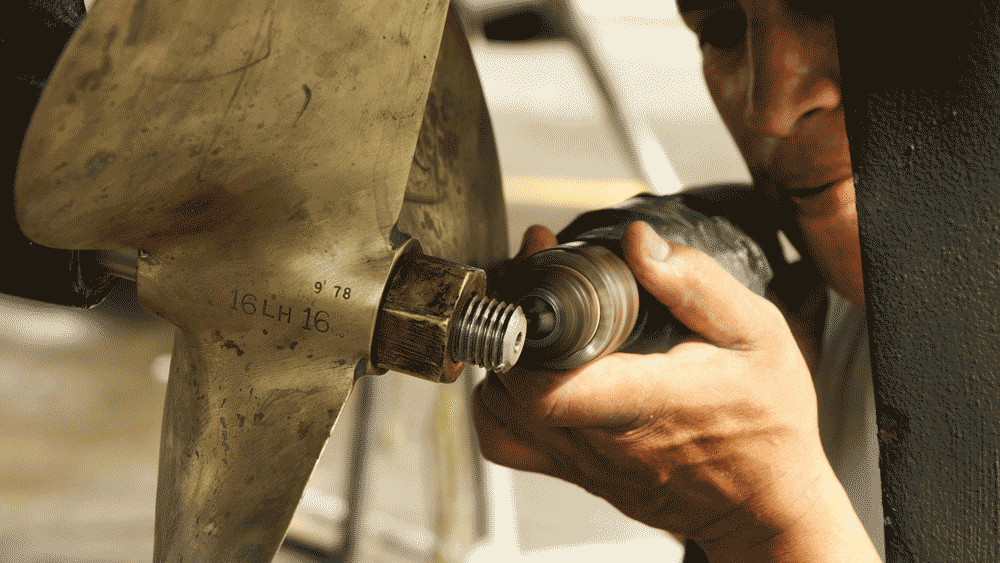Most industrial leaders strive to be more proactive and data-driven. But getting there can feel overwhelming, especially if your teams spend much of the day firefighting.
|
ADVERTISEMENT |
Maintenance maturity depends on the quality of your data, how effectively you use them, and the processes and culture that support them.
The most mature companies not only gather equipment data—they turn them into actionable insights that empower technicians and help managers make decisions.
If you don’t keep good records today, or your asset data are buried in a filing cabinet or spreadsheet, your maintenance strategy is likely costing you more than it should.
There’s not necessarily a quick fix. But understanding where your team stands today and what steps to take next will help you build a smarter, more efficient operation. You’ll also have a better sense of how to take advantage of the various technologies and strategies available to you.
Five stages of maintenance maturity
A maintenance maturity model developed in 1999 by Winston Ledet still serves as a road map for modernizing maintenance practices.
…

Add new comment